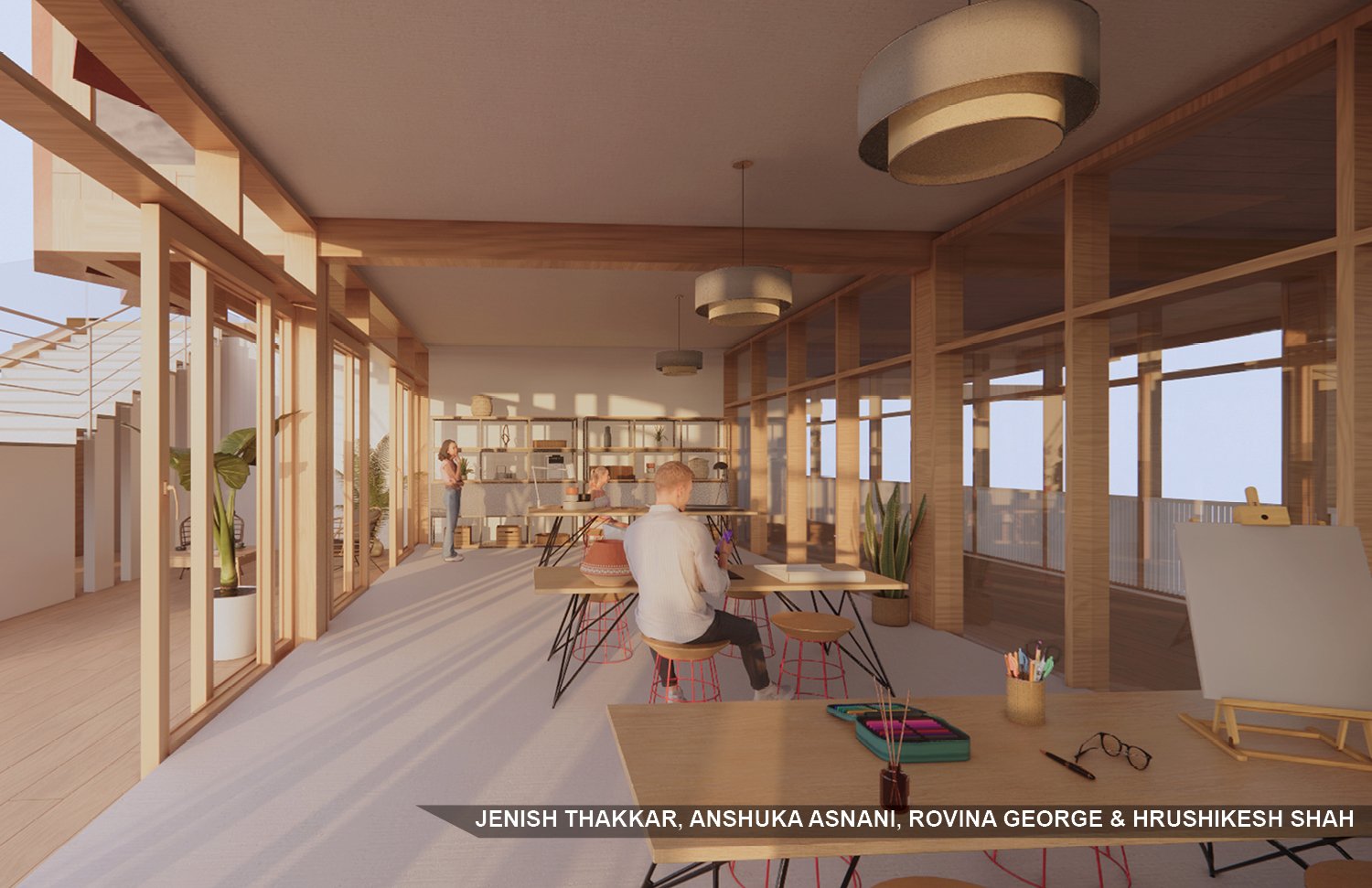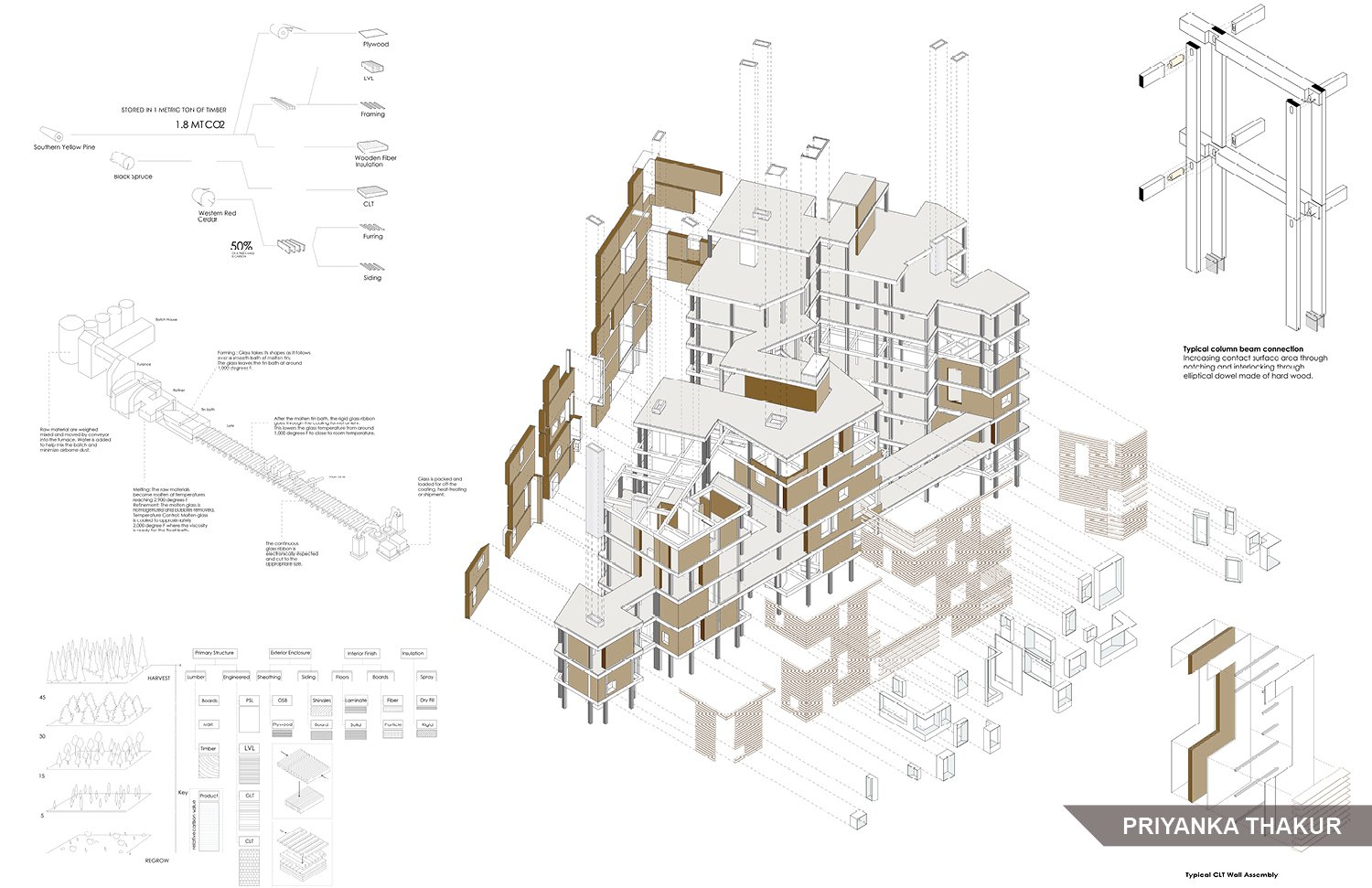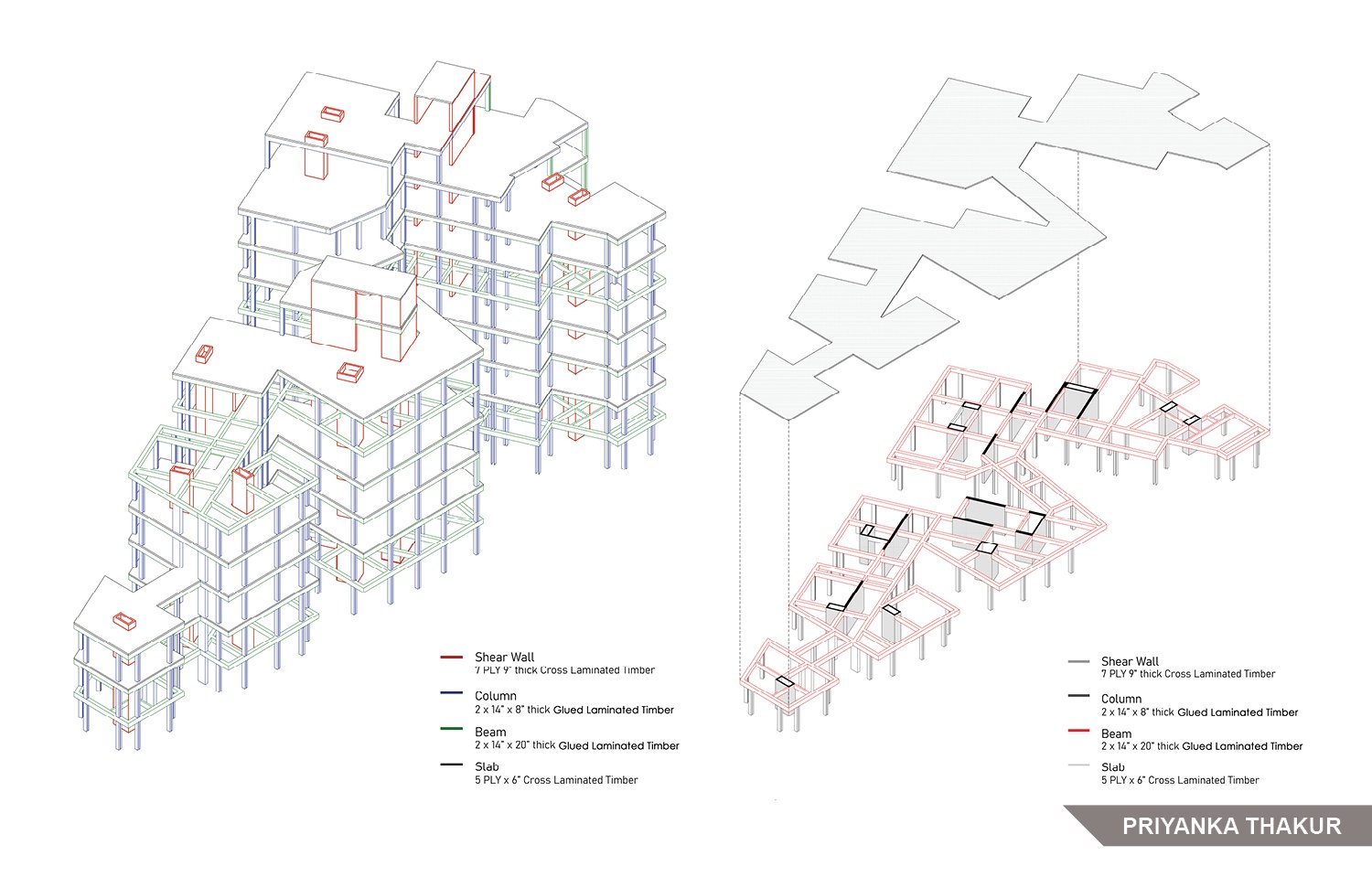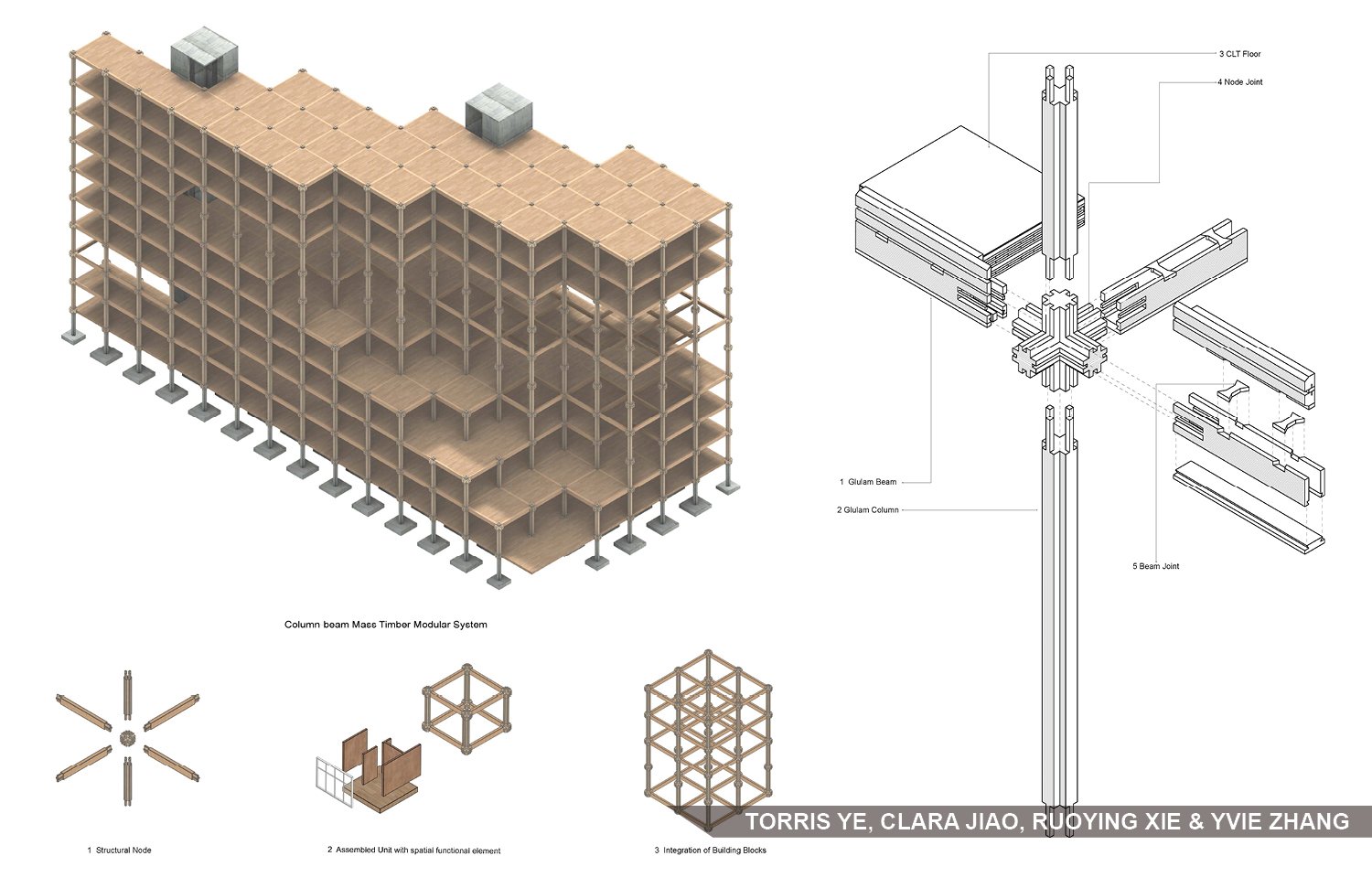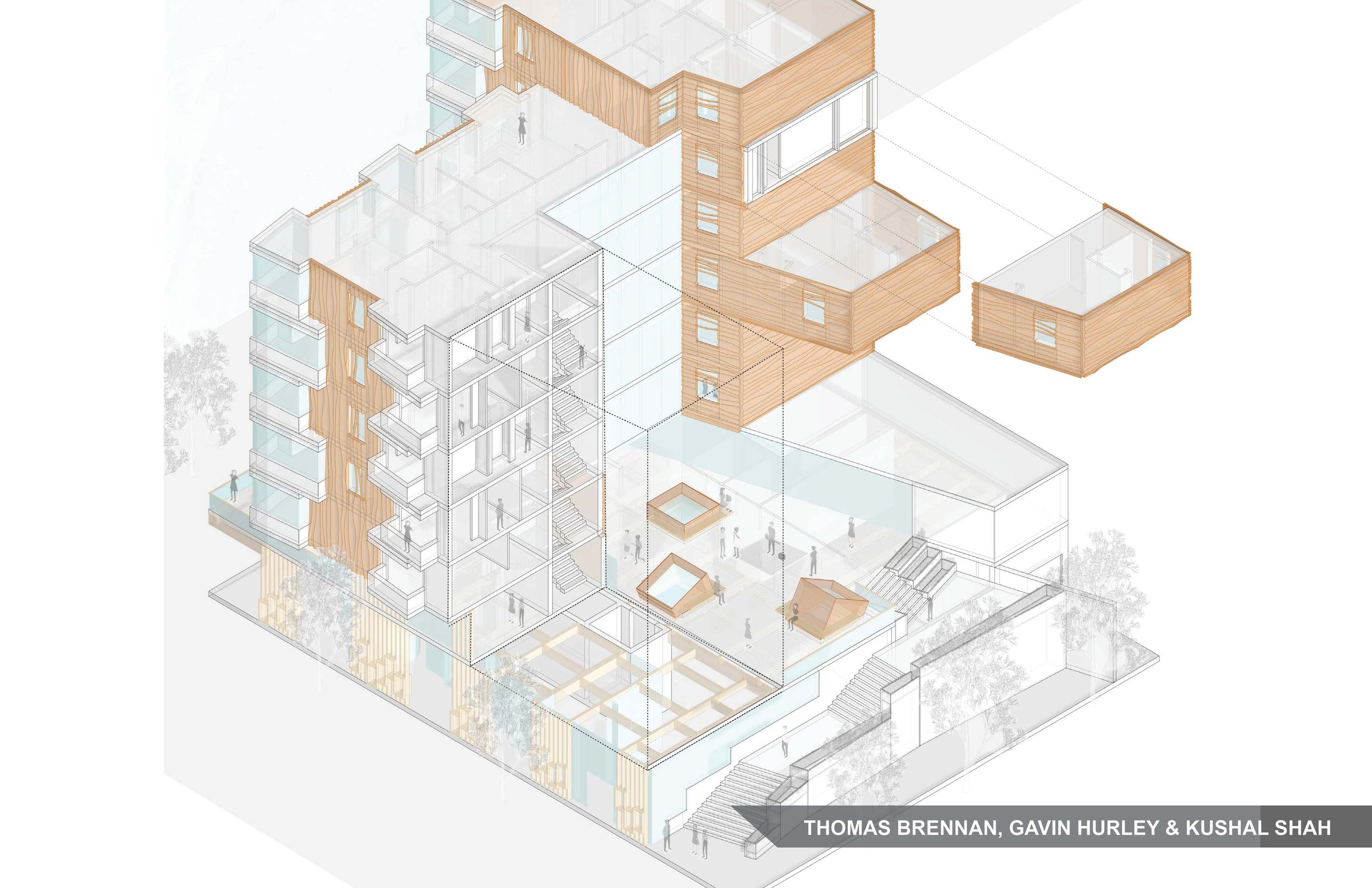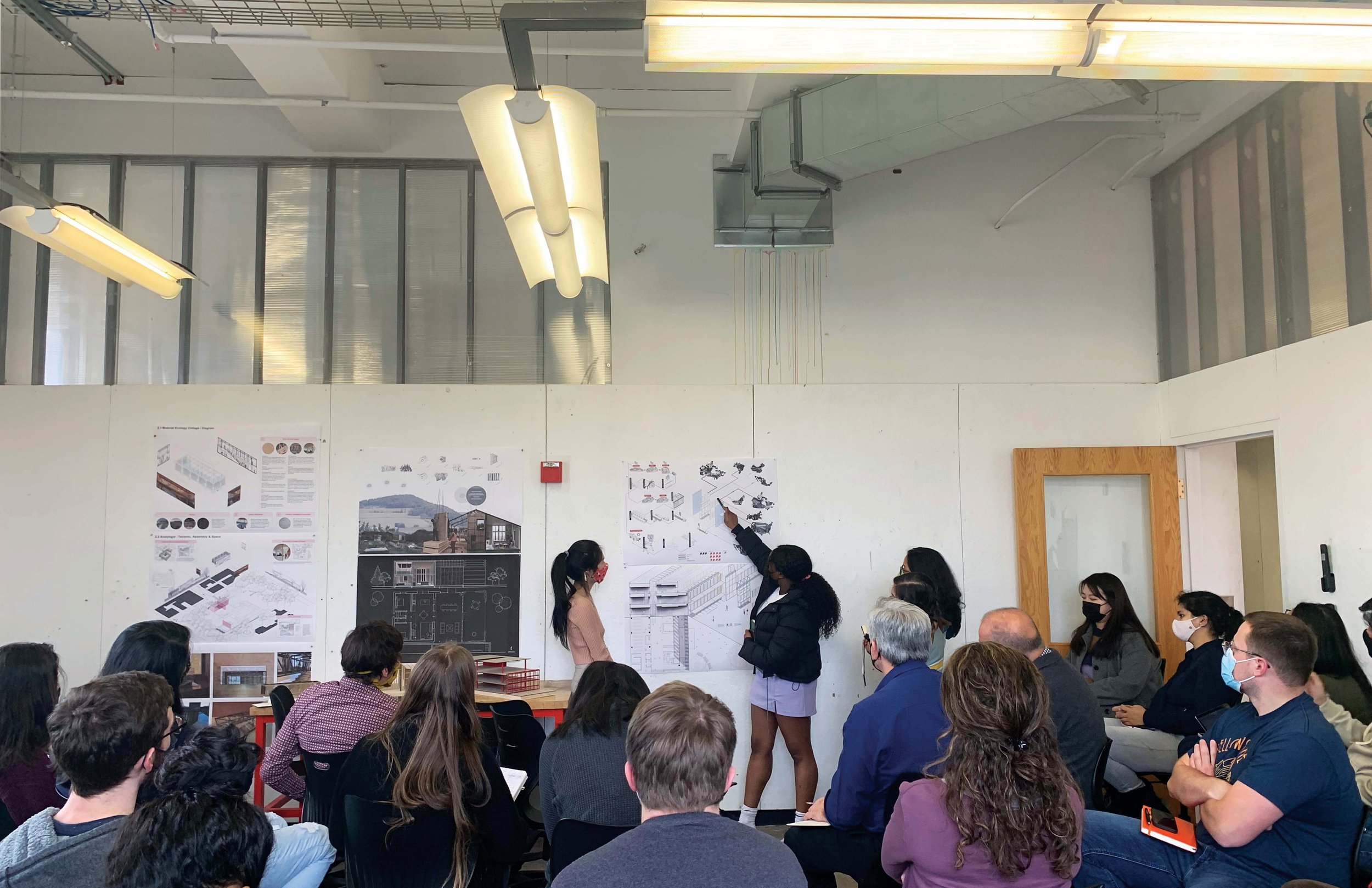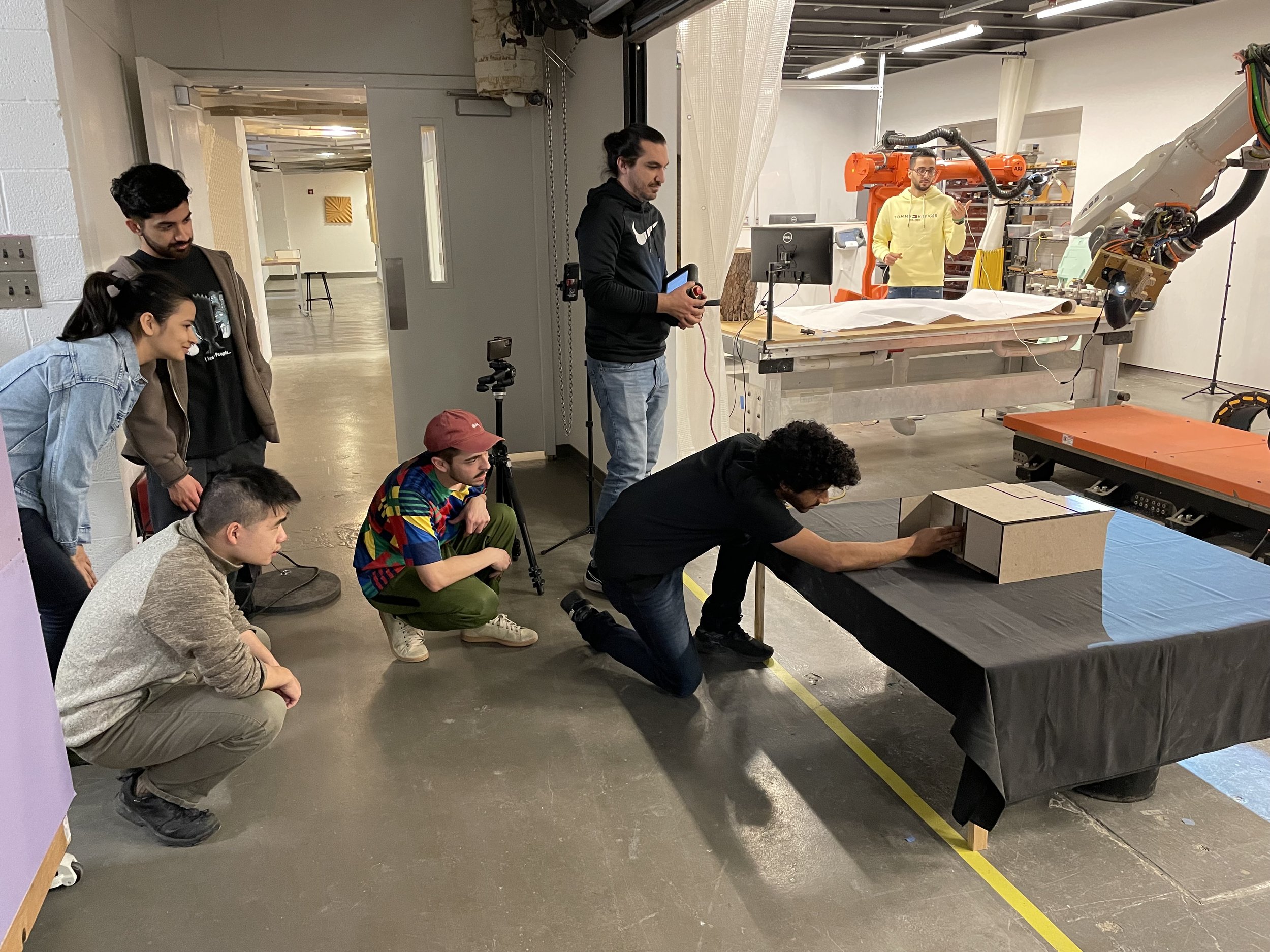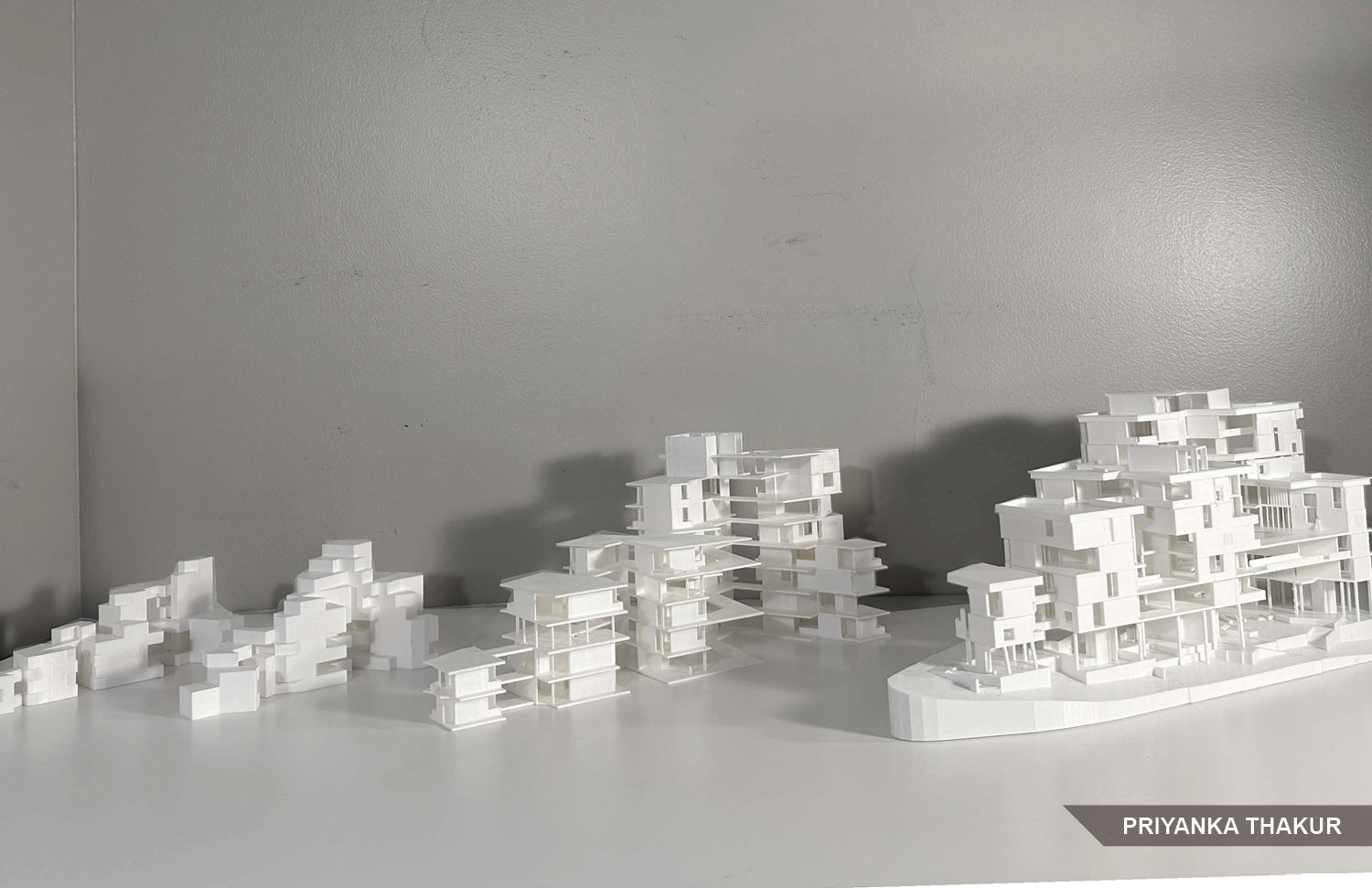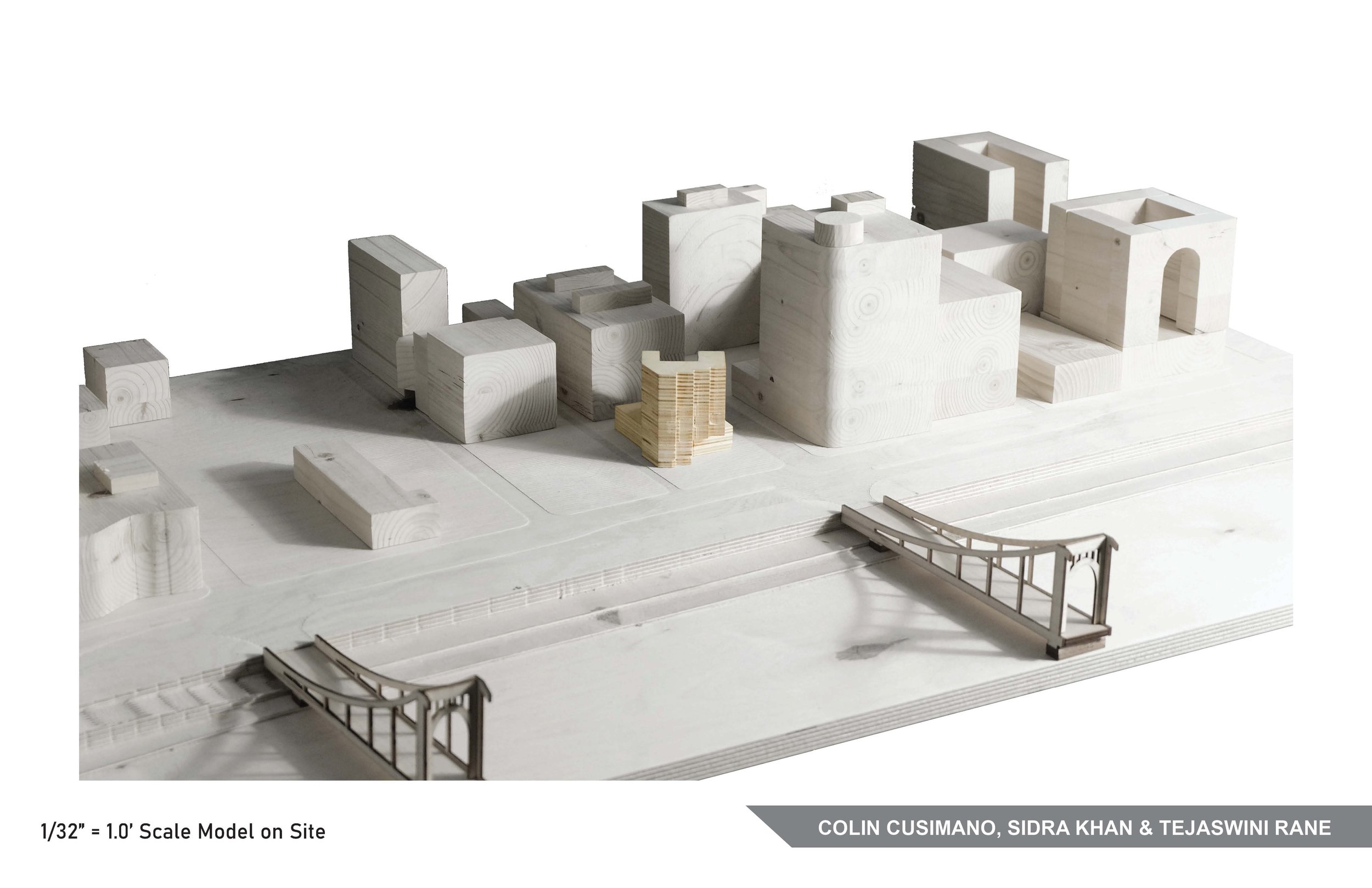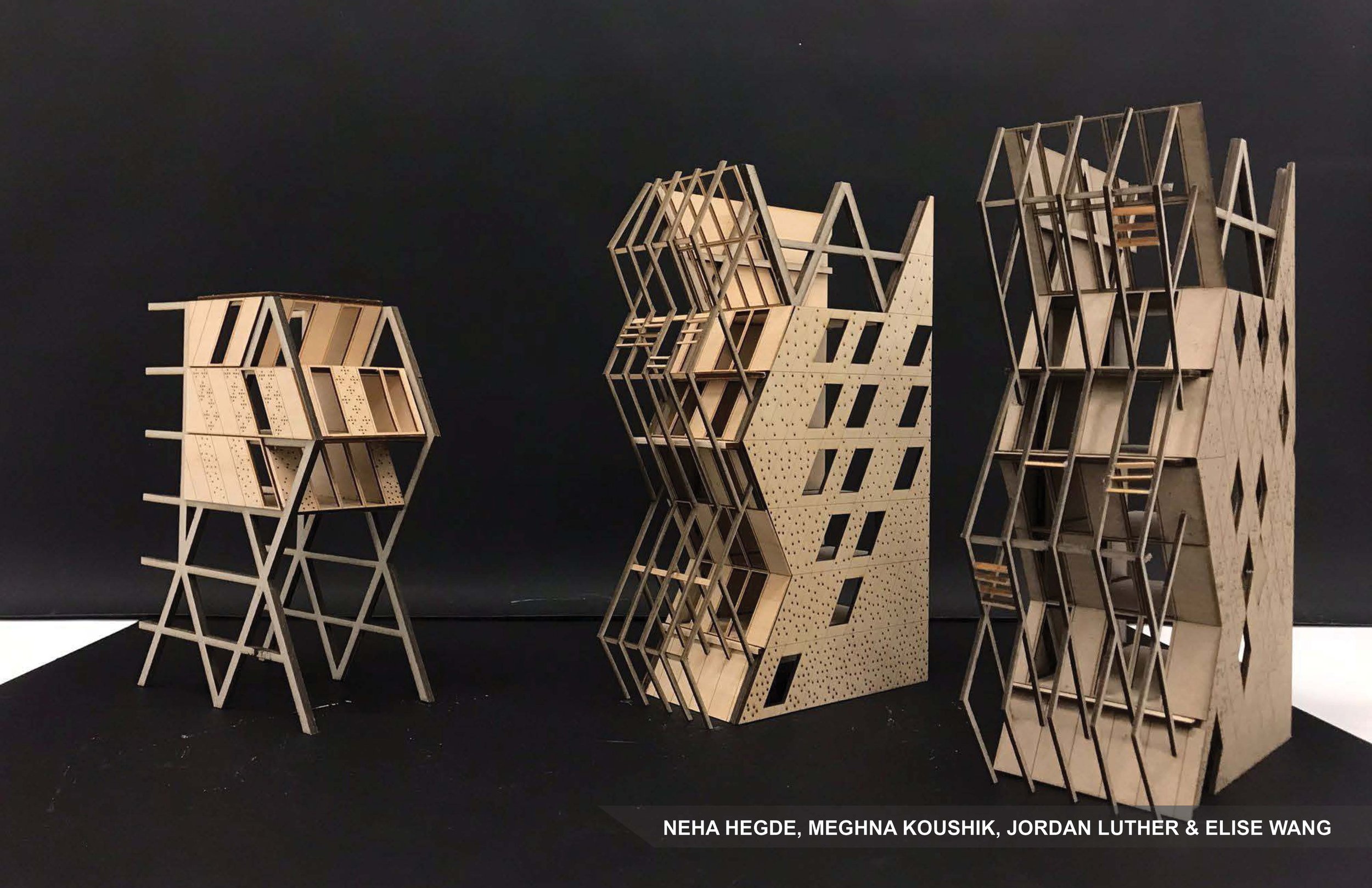Carnegie Mellon University School of Architecture
M.Arch Praxis II: Physic of WorldShaping
PROFESSORS: Azadeh Sawyer, Matthew Huber, Jeffrey Davis
TEACHING ASSISTANTS: Brendan Bogolin, Colleen Duong, MEGHAN PISARCIK
Praxis 2 continues to understand architecture as a modulator of complex cultural and historical flows, but aims to do so by intensively exploring, evaluating, and expanding the role that tectonic cultures and their associated modes of architectural expression play in shaping our world. Through a non-linear, multi-scalar, iterative design process, small teams develop and refine detailed architectural assemblies attuned to methods of construction, craft, and labor practices; to the role of structural configurations in organizing the spatial distribution of occupancies and human experiences; to how envelopes regulate and respond to thermal, acoustic, and visual performance while also participating in aesthetic discourse; to ecological synergies and impacts; to modes of participation in carbon culture, including environmental management systems, commuting culture, and other patterns of integration with urban context; and ultimately to the disciplinary imperative to integrate and orchestrate these multiple forces and systems.
Praxis 2 pursues a hybrid housing program that seeks to embed ancillary functions into a mixed-income housing community. The students select symbiotic functions to help produce a more productive, equitable, and sustainable pattern of habitation by critically examining the site and cultural context and by examining contemporary trends in remote work, wellness, and equity, that may offer novel configurations or additions to traditional housing programs.
In this studio, each student focuses on the improvement, growth, and facility of their understanding of structural concepts, construction materials, assembly methods, environmental systems and the integration of these aspects into a comprehensive understanding of architectural design. The mechanics of structural forms and systems, the properties of materials and their assembly, response to environmental factors, and the application of appropriate construction methods will be utilized as the source for informing the architectural concept, character, and composition of the design proposals prepared for this studio.
In the Praxis 2 studio, students are introduced to a range of technologies and analysis techniques, such as daylighting and solar radiation simulation, and Virtual Reality (VR) technology, for designing architectural spaces that respect the natural environment and engage human perception. Students are expected to critically apply advanced tools and technologies and to explore the role climate, light and energy can play in shaping our spaces.





